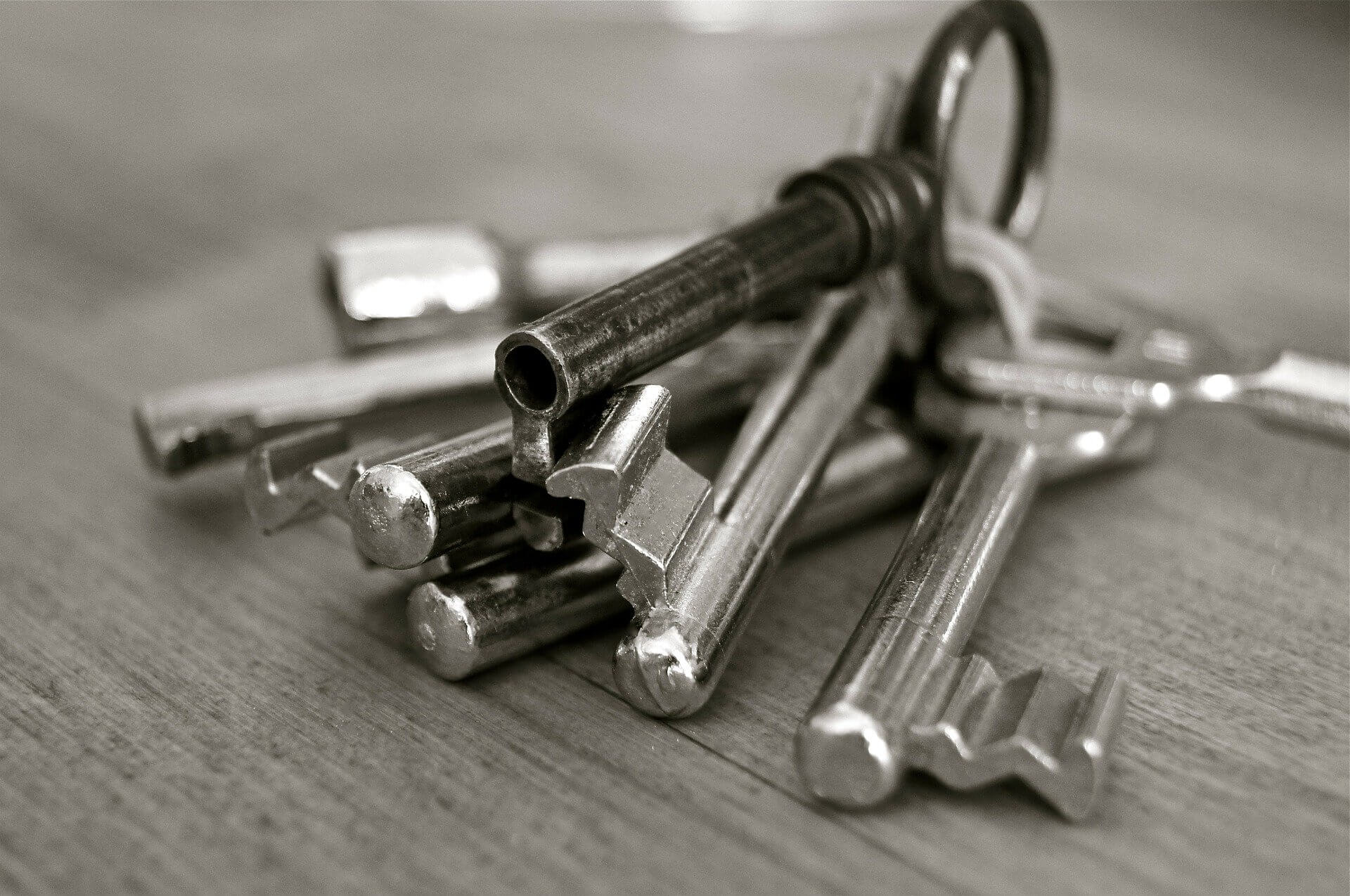

How Data Illuminates Safety Concerns
During these unprecedented times, security challenges have skyrocketed to the top of many organization’s concerns. Businesses are prioritizing safety and implementing new regulations mandated by government officials. Because COVID-19 has changed the way we go about our daily life, new rules necessitate more security, as mask-wearing regulations and limits on gatherings need enforcement.
You are probably trying to figure out how to help your security guards work more efficiently. With the need for guards increasing, their roles are stretched thin, and you don’t want them wasting time on mundane tasks. Thankfully there are platforms for automated reporting that update legacy systems and processes.
In addition to automation, businesses should look at the data to improve overall safety. By finding patterns in the data, you can figure out how to adjust security measures.
Data illustrates guard needs
Many security officers have a patrol to complete throughout their shift, along with noting violations and handling safety needs. The problem that often arises is guards become bogged down by certain tasks. For example, one of our customers found that guards had to issue seven parking violations per day on a property. If each report took 25 minutes, it meant that officers spent a whopping three hours per day just on parking violations alone.
The data showed how guards were stretched thin. Because of these repeat parking violations, other tasks were being pushed. Organizations can use this data to decide if they want to employ more guards in this area in order to maintain security levels.
It’s very challenging to figure out guard needs without data. This holistic look at how guards spend time allows for better scheduling and planning.
Data shows repeat violations
Your clients want to reduce crime and improve safety. The ultimate goal is to keep their properties safe and secure, which is why they go to you for security guards. Using data, however, you can give clients an even closer look at their property.
When guards report repeat violations, organizations can reexamine the property layout. For example, perhaps more lights are needed in a parking area. If windows are frequently broken into, then they can install alarms or sensors to keep these areas safe.
It’s difficult to assess which actions to take without data showing problem areas. A window broken into once does not inevitably necessitate full-scale action – perhaps the window was left unlocked. But repeat crimes do need actions. Data from security guards helps your customers understand how to change procedures and safety measures in their properties.
Fill reporting gaps
Many businesses take guard temperatures and follow health precautions due to COVID-19. Guards may need to stay home and quarantine if they have been exposed to the virus, which means there may need to be frequent newcomers filling in for guards. These security officers may have never been to the property, which means it can take time to get them up and running.
Data helps get the new personnel adjusted quickly. New guards can review automated reports as well as data-driven insights to perform their daily tasks better and understand how the shift works smoothly. When officers are up and running quickly, it creates a safer environment.
Find missed tasks
Strategically placing RFID checkpoints is a crucial element of security. You don’t want guards rushing between checkpoints and not actually taking note of violations. Our clients often put tags at important locations where tasks need to be completed or something needs checking.
Data illuminates tasks guards may have missed. Since forgetting to complete a security task can lead to severe consequences, businesses rely on data to find any gaps. They can then train guards or rearrange schedules depending on needs.
Visibility and automation deter crime
Without data insights, organizations have to guess how to improve the safety of their locations. This data also sets the foundation for artificial intelligence and machine learning technologies in the physical security world, which will fundamentally change how security works on-premises.
Real-time information changes the way security companies operate. While this data allows more operational efficiency, the more significant benefit is increased safety at locations. Improving guard needs, finding repeat violations, filling information gaps, and discovering often-missed tasks are ways data makes sites safer. This data also helps guards work better. By giving officers the technology tools they need to do their job effectively, companies can improve overall security.
New Kugadi Posts

The hidden challenges of remotely managing operations and why smart automated security technology is so important in mitigating risks.

By using a data-driven approach, companies have a holistic view of how areas perform and can find repeat problem areas to take action. They can better understand if more lighting is needed, extra guards, etc.

Looking at the data you collect greatly helps you run your security guard company